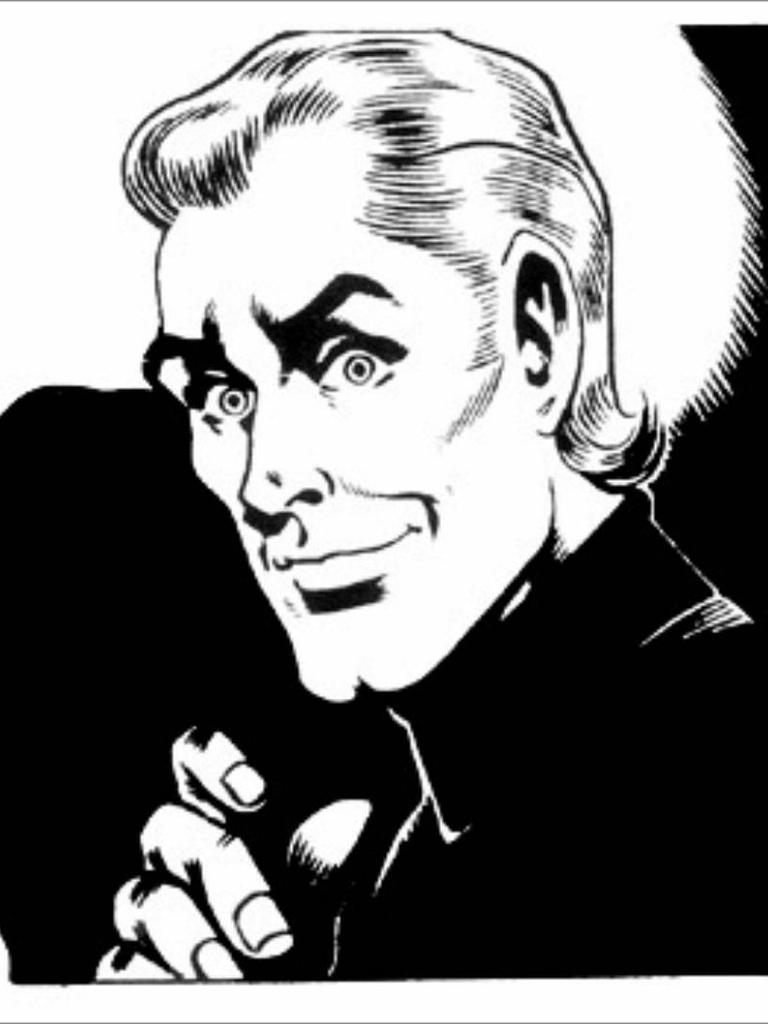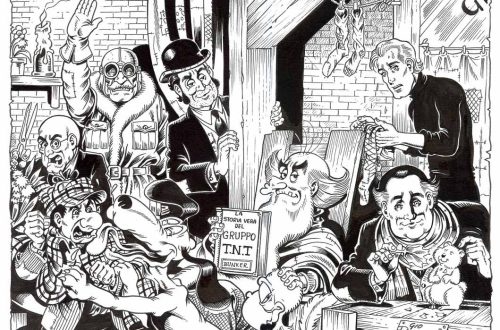Alan Ford facts: Only comedy

To know about more facts about your childhood heroes, continue reading Alan Ford facts here!
“Alan Ford” was created by Italian comic artists Max Bunker (Luciano Secchi) and Magnus (Roberto Raviola). The first issue was published in May 1969 by Editoriale Corno.
The comic is set in New York City but features a blend of Italian humor, satire, and absurdity. This mix has given the series a unique place in the comic world, combining elements of spy fiction with social commentary.
While “Alan Ford” achieved moderate success in Italy, it became a massive cult hit in the former Yugoslavia. The comic’s satirical take on bureaucracy, corruption, and everyday struggles resonated deeply with readers there.
Alan Ford is a member of a bizarre and inept group of secret agents known as Group TNT. This group includes a range of eccentric characters like the miserly Number One, the always-in-disguise The Boss, and the perpetually hungry Bob Rock.
The original “Alan Ford” comic series consists of 595 issues, spanning from its debut in 1969 until its conclusion in 1983. This extensive run includes various story arcs, spin-offs, and special editions, contributing to its status as a long-running and beloved series in Italian and European comic book history.
Artist Magnus (Roberto Raviola) left the series after issue #75. His departure marked a significant change in the comic’s art style and direction, but the series continued successfully with new artists.
The series is known for its sharp parody and satire of political and social issues, often incorporating contemporary events and personalities into its storylines in a humorous and critical way.
As of 2024, “Alan Ford” has been in continuous publication for over 50 years. Its longevity is a testament to its enduring popularity and the strong fan base it has cultivated over the decades.
In the former Yugoslavia, the comic was initially published in the magazine “Politikin Zabavnik,” and later had its dedicated publication. Despite political upheavals, the comic remained a constant, adapting to changes in the publishing landscape.
The translation of “Alan Ford” into Serbo-Croatian is particularly noteworthy. Translator Nenad Brixy is credited with enhancing the humor and making cultural adaptations that resonated with local readers, contributing significantly to its success in the Balkans.
Despite its popularity, “Alan Ford” did not have extensive merchandising like other comic franchises. This scarcity has made any official merchandise, such as posters or figures, highly sought after by collectors.
Various famous personalities and historical figures have made cameo appearances in the comic, often portrayed in a satirical light. These include parodies of politicians, celebrities, and even other fictional characters.
Phrases and expressions from “Alan Ford” have entered everyday language in the Balkans. References to the comic are common in media, and it has influenced a generation of readers and creators.
Unlike typical comic book heroes, the members of Group TNT are often incompetent, lazy, and driven by personal motives rather than altruism. This unconventional approach to heroism has been a key part of the comic’s charm.
The comic has inspired various adaptations, including radio dramas, stage plays, and a planned animated series. Its influence can be seen in the work of many contemporary comic artists and writers from the regions where it is most popular.
One of the most enigmatic characters, Number One, the leader of Group TNT, remains shrouded in mystery. His true background and the source of his vast wealth are never fully explained, adding an intriguing layer to the series.
These trivia facts highlight the unique aspects and the enduring appeal of the “Alan Ford” comic series, showcasing why it has remained a beloved and influential part of comic book history in Europe.
